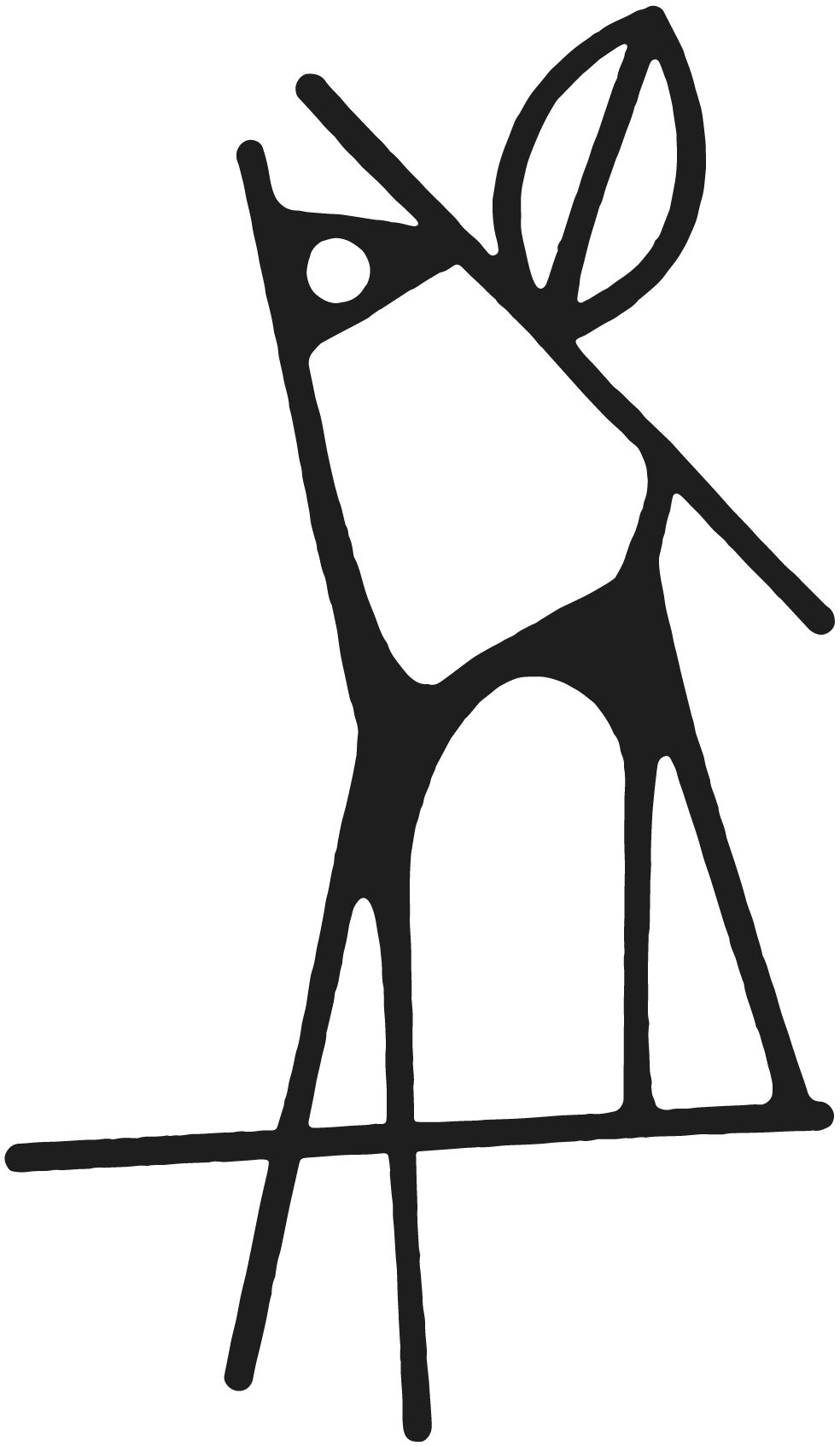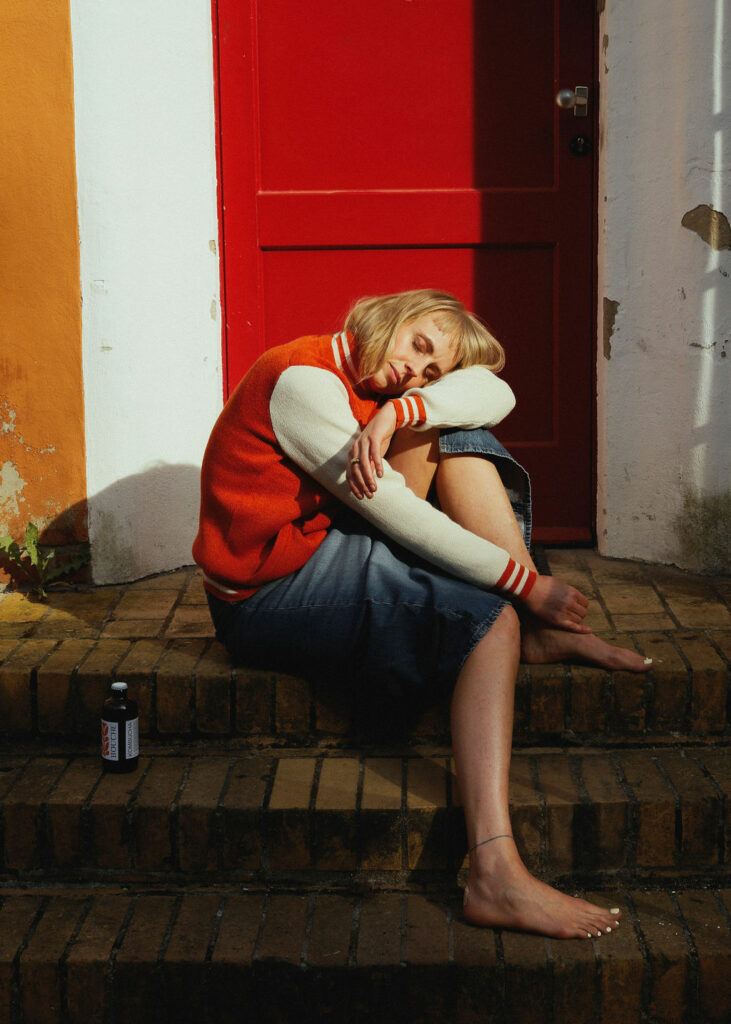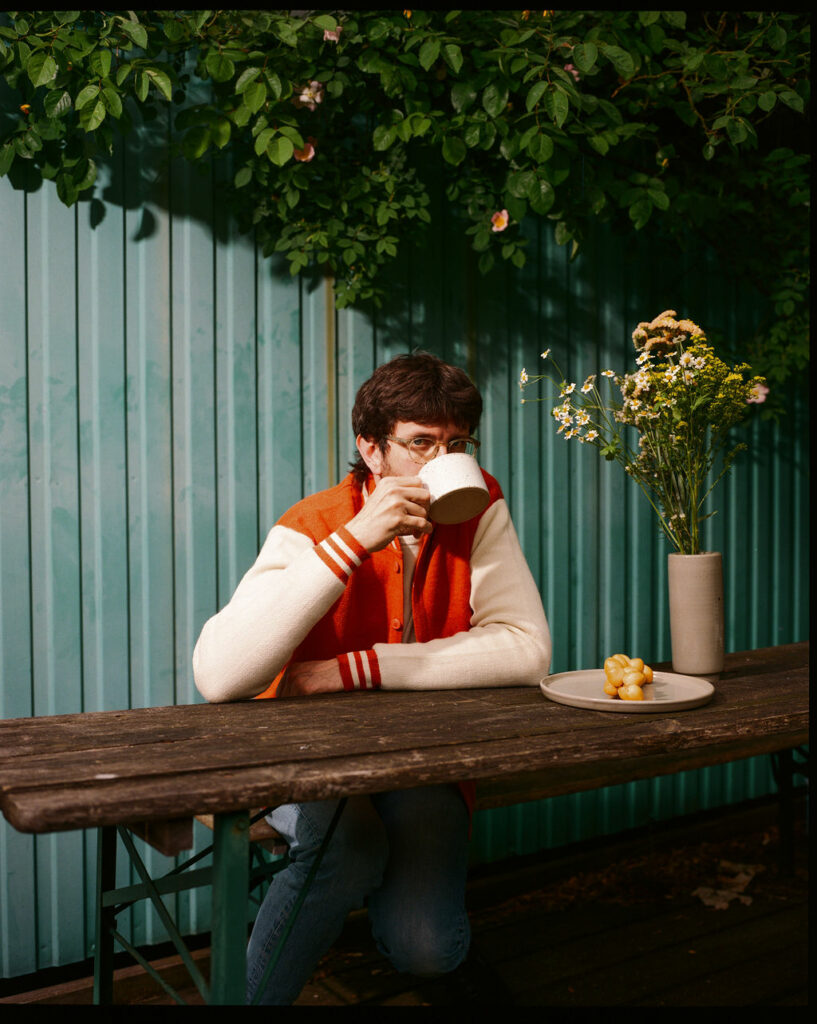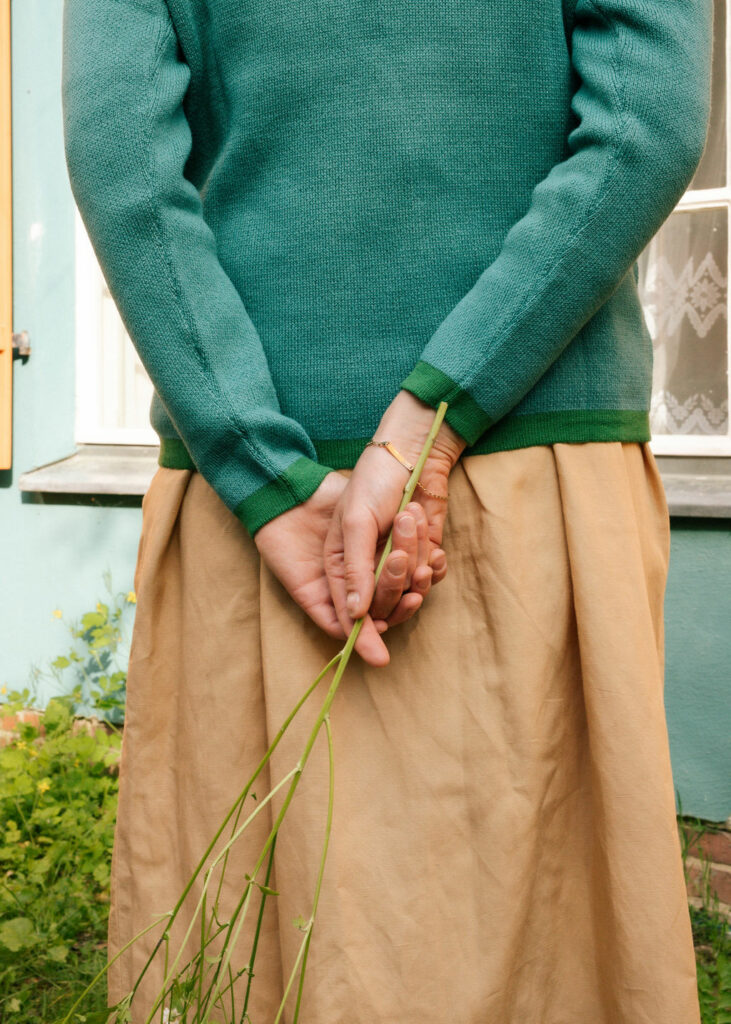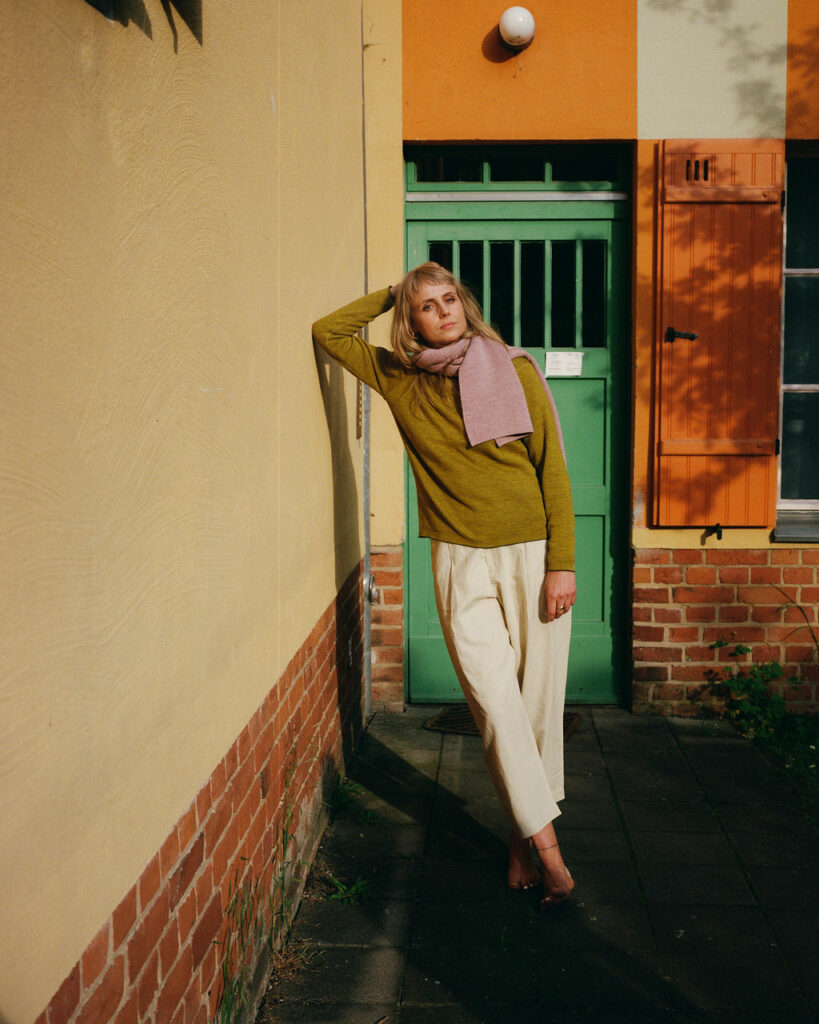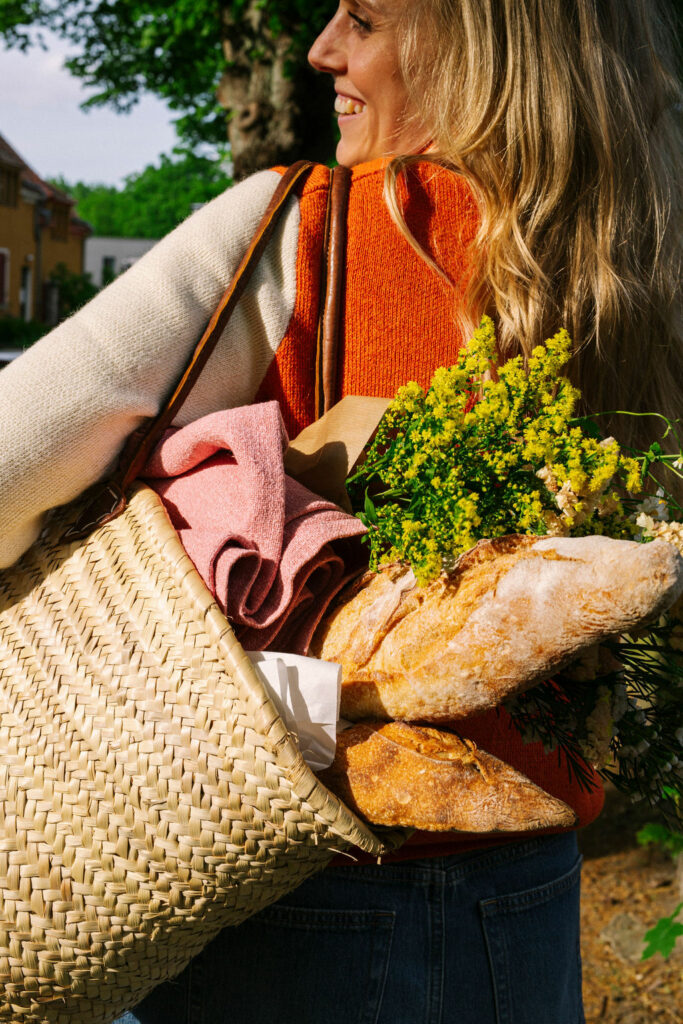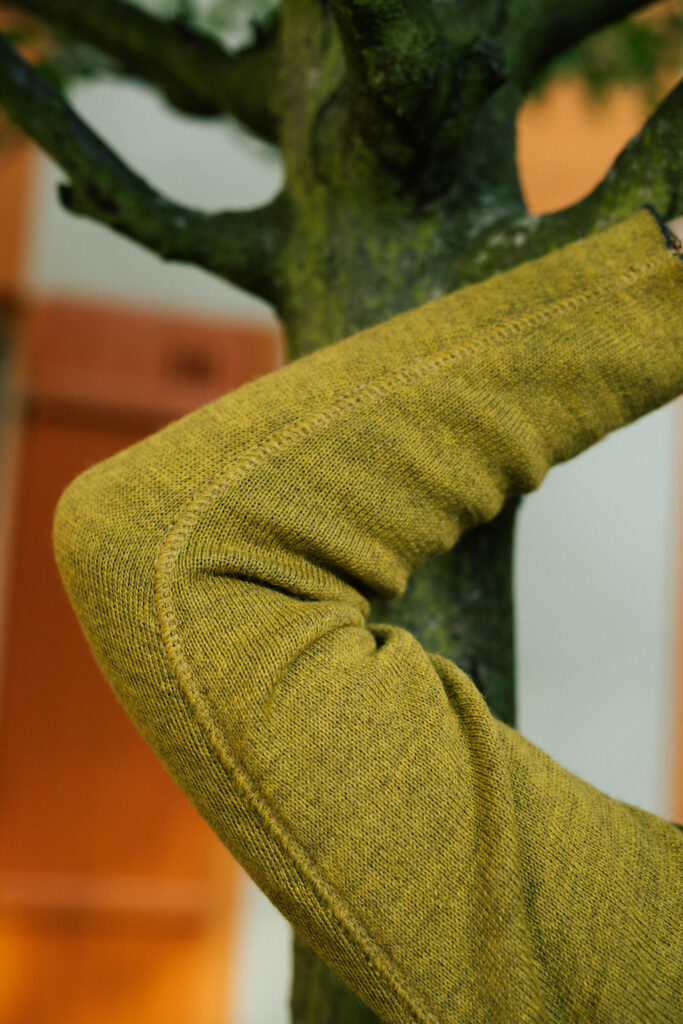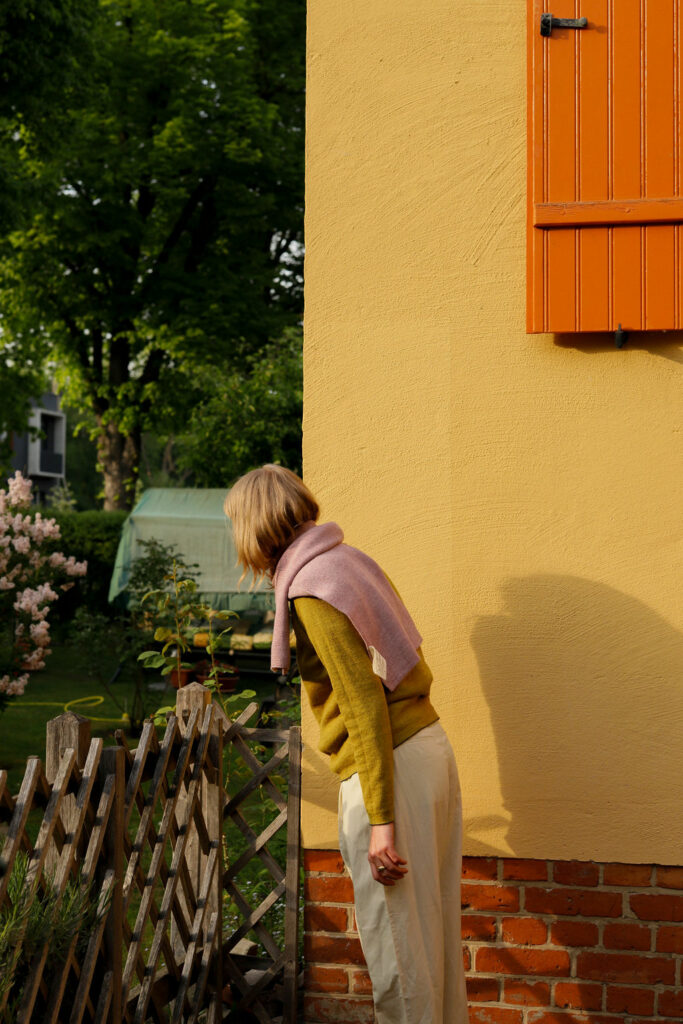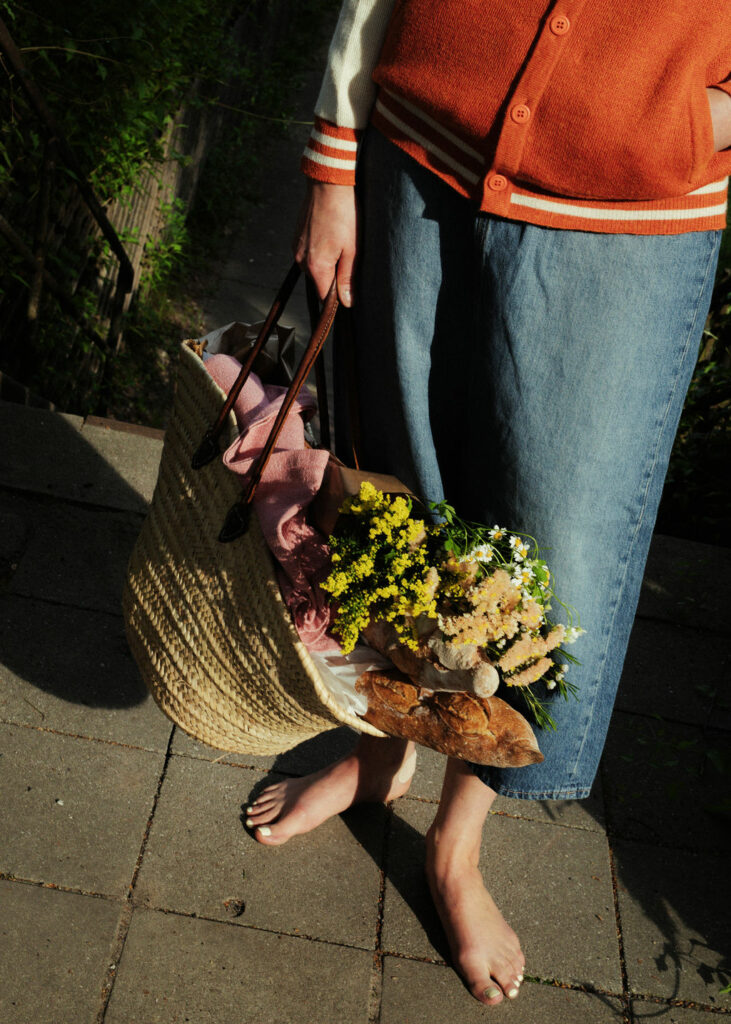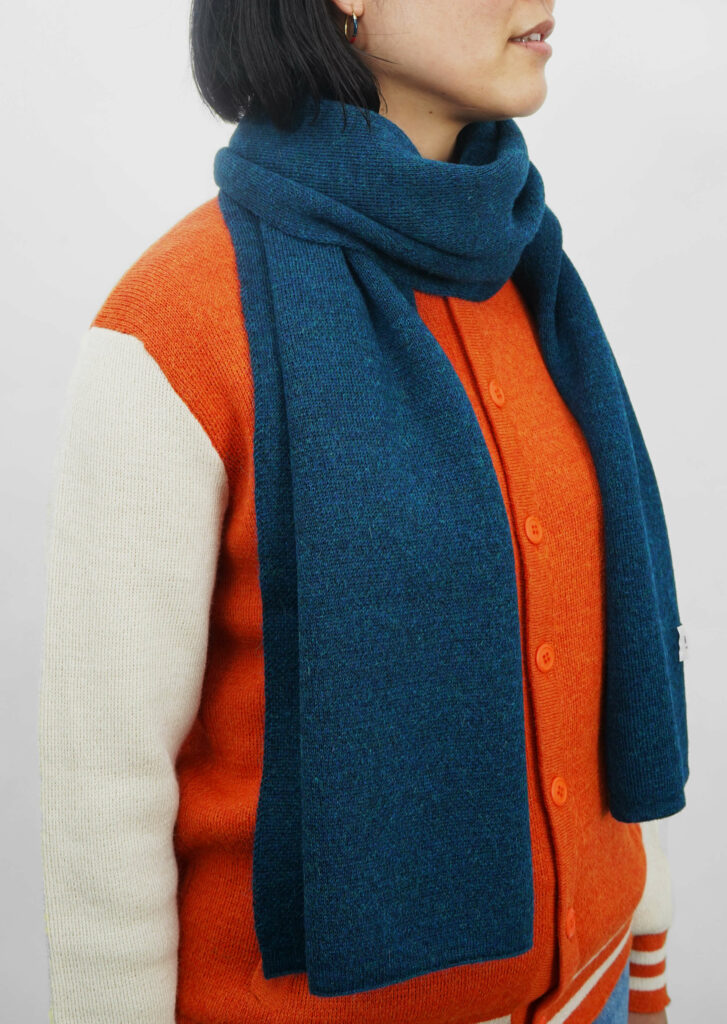Timeless Design: Durable 100% Alpaca Knitwear meets Bruno Taut’s Architecture
The REH (GERMANY) »Garden-City« photo series by the photographer Anna Aicher, combines colourful 100% alpaca knitwear for women and men with Bruno Taut’s iconic garden city architecture, capturing timelessness and consistency through simple forms and colours.
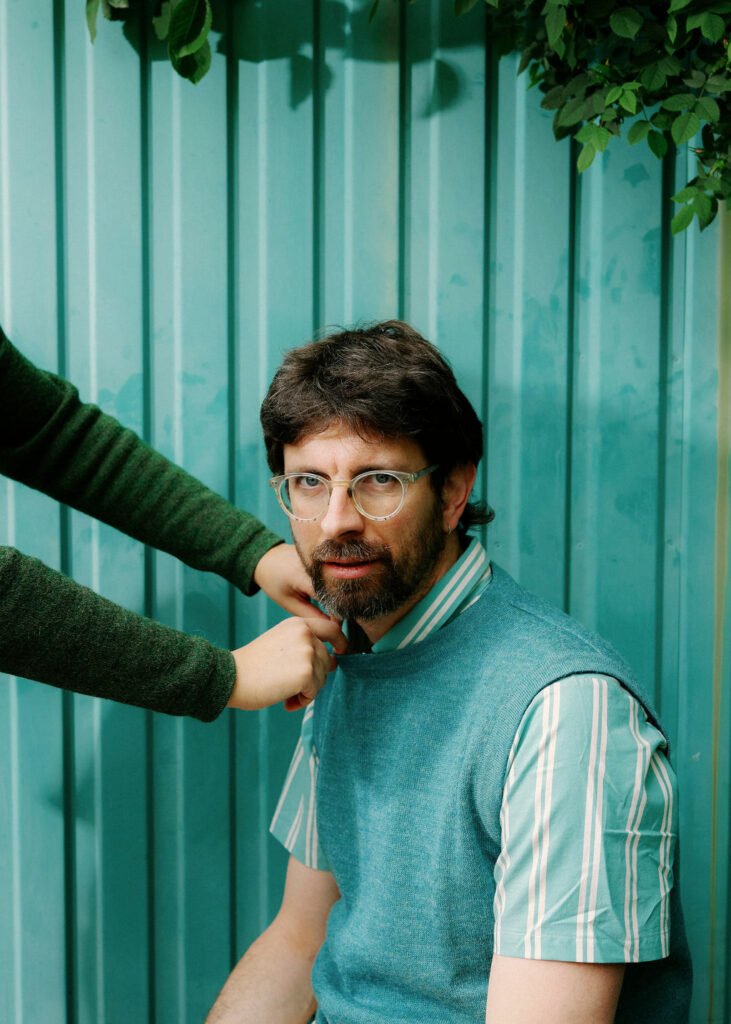

»Frei Otto« 100% Alpaca Knit Top in Petrol and Turquoise and »Hockney« Sweater in
Dark Turquoise and Green Knit Bands designed by REH (GERMANY)
Table of Contents:
1.0 Intro – »Garden-City« Editorial
2.0 Future-Proof Design: Sustainable Design vs. Short Lived Trends
3.0 The Importance of Functional Design and Timeless Aesthetic
4.0 Bruno Taut – Colour as a Design Tool
5.0 The Good Life and the Concept of »Garden-City«
6.0 Timeless Aesthetic and Socio-Ecological Culture in Architecture and Clothing
7.0 Cultural Change and a Sufficient Lifestyle
8.0 Alpaca Knitwear vs. Merino Wool: A Comparison of Quality
Intro – »Garden-City« Editorial
The photographic narrative »Garden-City«, in which the design of yesteryear meets modern visions of a good life, was created in one of Germany’s first and most colourful garden cities, which was built over a hundred years ago.
This aesthetic connection shows that simplicity and timelessness often go hand in hand – from 1913, when the Bruno Taut buildings were constructed until today, where high-quality knitwear collections made of 100% alpaca have been produced for REH (GERMANY) since 2015.
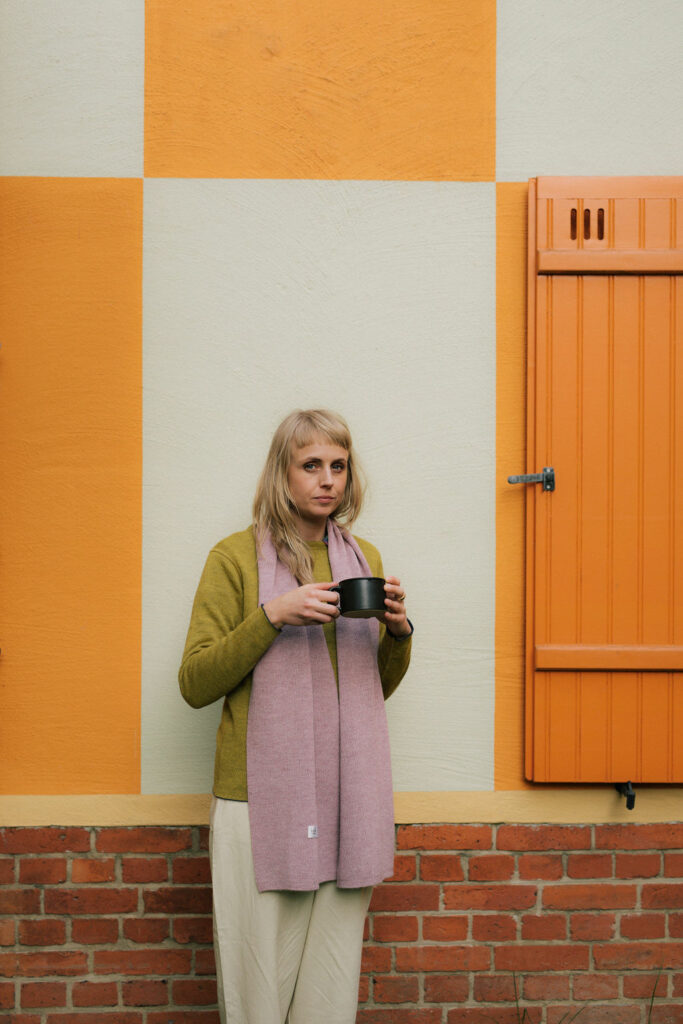
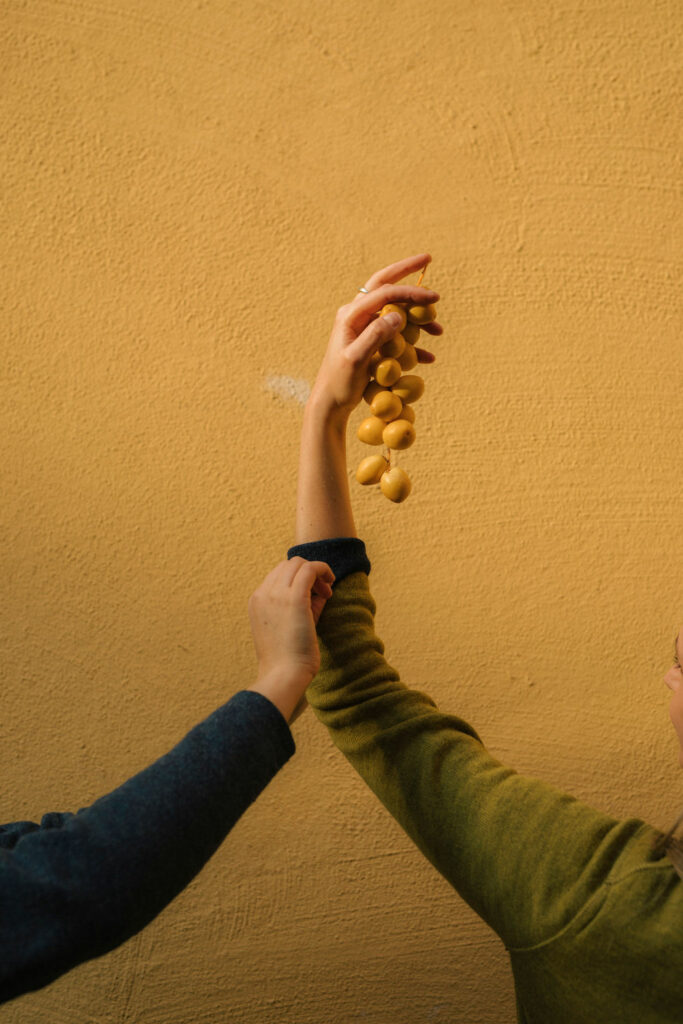
»Perriand« Scarf with hand-thrown black Stoneware Cup and unisex »Blauaras Mustard« Alpaca Sweater with a reversible navy side by REH (GERMANY)
For some, this photo series reflects the dream of modern city dwellers for more nature, for others the longing for a decelerated everyday life in the countryside. It illustrates that the search for a good life that harmoniously combines city and countryside is just as relevant today as it was back then.
Whether in the countryside, in the city or in between, »Garden-City« tells the story of people who value nature, lead a sufficient lifestyle and organise themselves collectively and locally. In times when the preservation of our living space and local cohesion are becoming increasingly important, the marriage of city and nature is perhaps one of the most inspiring visions for our common future.
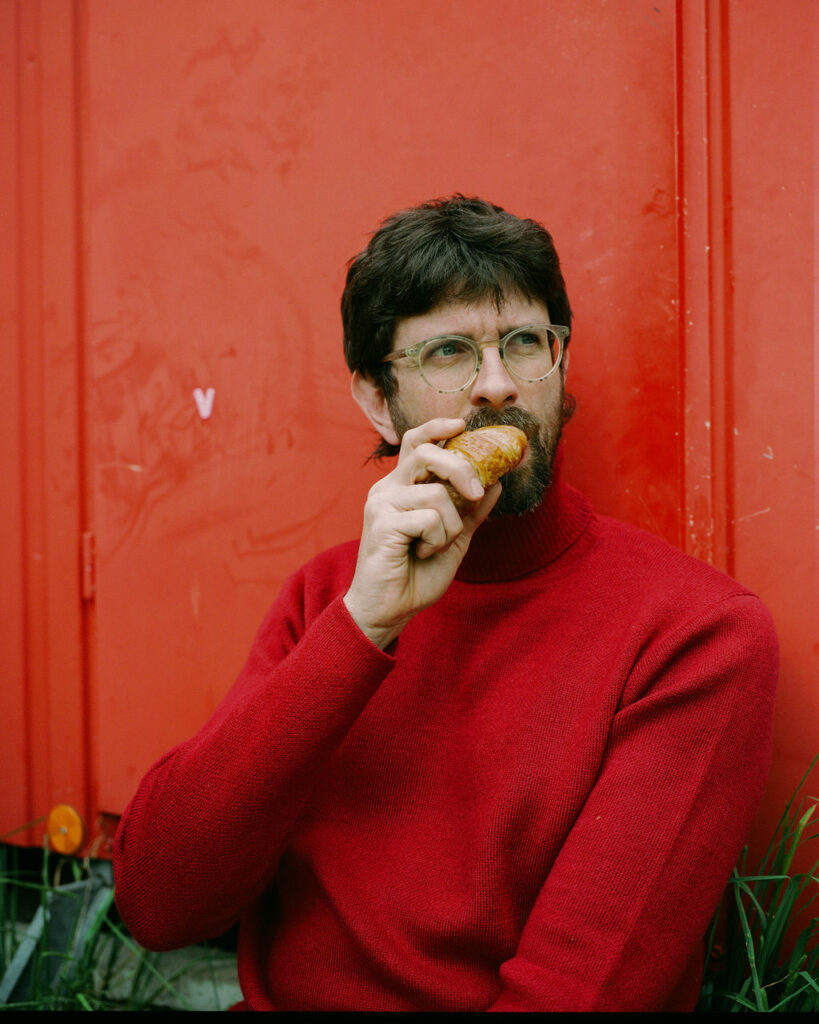
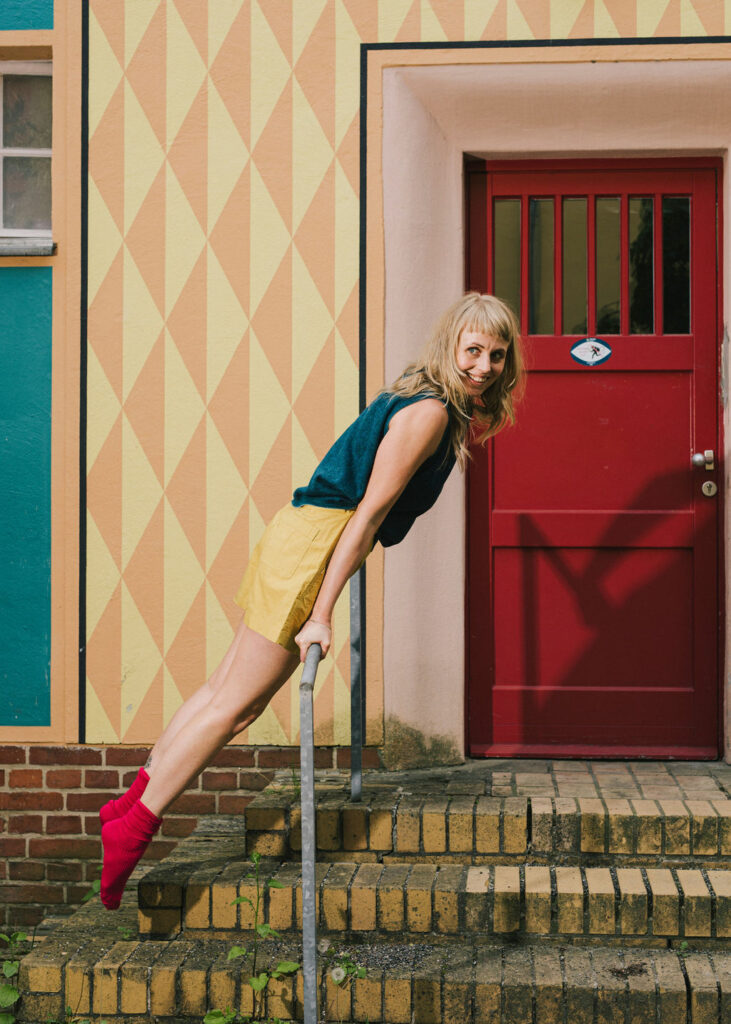
»Sagan« 100% Alpaca (Baby) Turtleneck Sweater and the reversible »Frei Otto« Knit Vest in
Petrol and Turquoise designed by REH (GERMANY)
Future-proof design – sustainable design vs. short-lived trends
The images may depict a future in the present time, in which everyday life initially appears completely normal – but this is deliberately staged. Why? The clothing style of a hundred years ago is hardly any different from what we wear today: suits, knitted sweaters, woven trousers or simple dresses still characterise our everyday lives.
In the 1960s, after the moon landing, the futuristic space fashion style known e.g. from the film Barbarella emerged. However, these experimental visions of the future had not caught on with the masses by 2024. On the contrary, most lifestyle trends seem to be repeating themselves rather than fundamentally changing our reality in a positive and truly future-oriented way. It can therefore be assumed that our style – whether in clothing, architecture, furnishings or nutrition – will not change significantly in the next sixty years, at least on the surface.
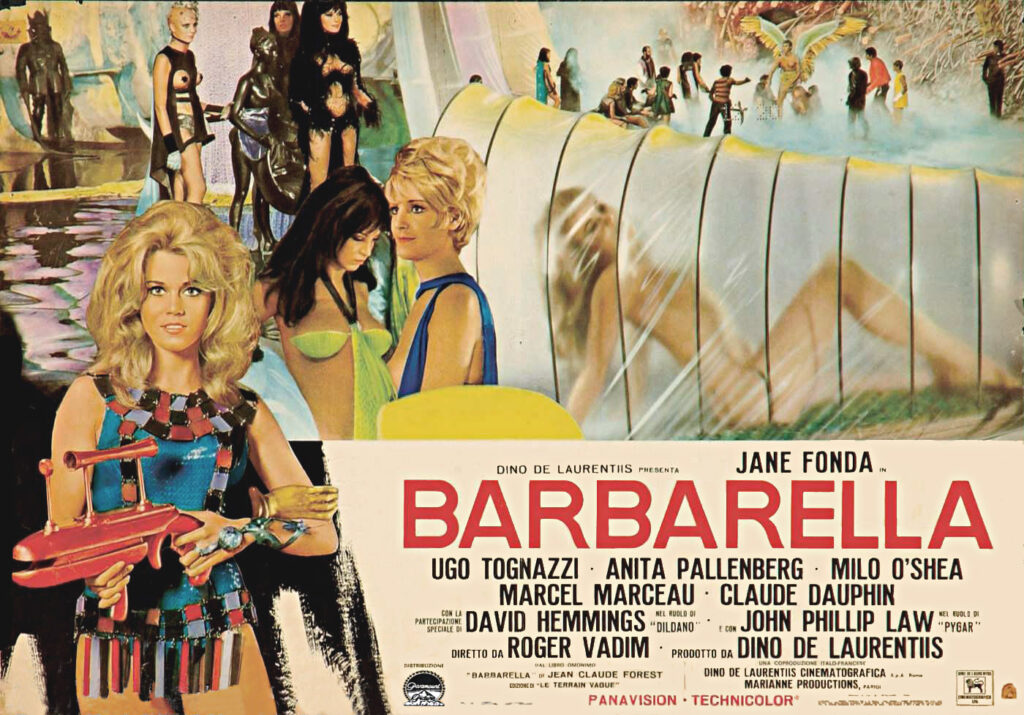
Jane Fonda starring in the Science-Fiction movie Barbarella (1968) by the French filmmaker Roger Vadim
What is likely to change significantly, however, are the fundamental elements that shape our material world. This suggests that our understanding of aesthetics and consumption choices will increasingly be driven by integrity rather than fleeting trends. Resources such as the raw materials, production methods, manufacturing locations but also other factors such as product durability and recycling potential will increasingly play a crucial role. Above all, the ethical values and historical significance tied to each product will eventually become central to our consumption decisions.
This necessary cultural change – away from trends that create artificial needs – will be more profound and subtle, as it is less visible on the outside, but rather requires an inner transformation. A change in awareness and in the perception of materiality, origin and the value-oriented design of the things that surround us.
The Importance of Functional Design and Timeless Aesthetic
»Varsity Tangerine« 100% natural alpaca cardigan for Women and Men
In the design process, functional design plays a crucial role. It refers to a sober, functional and often minimalist form of design that focuses on the essentials and avoids unnecessary embellishment. By focusing on essentials, functional design prioritises usability and practicality while keeping aesthetic exaggerations to a minimum. This clear and accessible design approach is valued in fields like architecture, industrial design, and graphic design, where timeless, durable, and efficient designs are often preferred. This emphasis on function contributes to the extended lifespan of products like buildings, brand logos, vehicles, and kitchen appliances.
A well-known example is the Bauhaus movement, which championed the »form follows function« principle, where the design of an object is driven by its intended purpose. While this philosophy is common in architecture and product design, it is less celebrated in the fashion industry. However, REH (GERMANY) knitwear for women and men embodies this approach since the beginning, offering timeless quality with a blend of classic, colourful combinations and clean, minimalist designs.
Architect Bruno Taut – Colour as a Design Tool
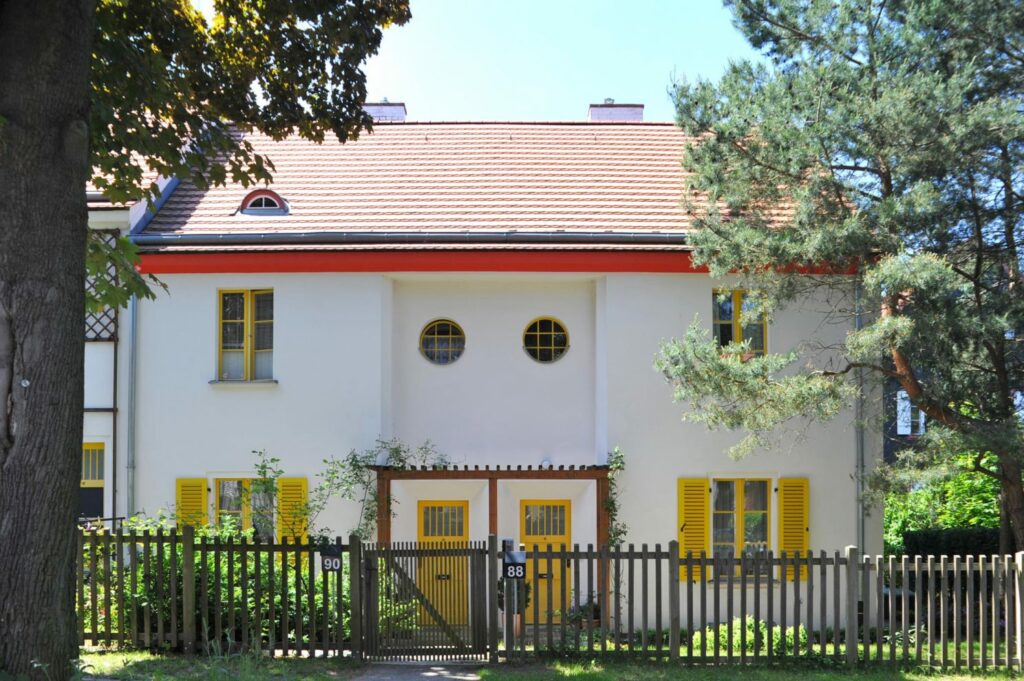
Architecture by Bruno Taut in Berlin
When searching for a unique editorial setting for the vibrant REH (GERMANY) alpaca sweaters and cardigans, I came across the Berlin garden city estates by the renowned architect Bruno Taut, offering a backdrop rich in timeless architectural style that still shapes Berlin today. Taut’s designs prioritised human needs, blending traditional craftsmanship with careful consideration of climate and environmental factors.
Rejecting the market-driven trends of his era — like functionalist modernism or the so-called International Style — Taut embraced a more product-oriented approach. His architecture combined modern, yet timeless elements, which remain relevant today due to their progressive vision. The use of bold colours, patterns, and artistic elements continues to be a vibrant testament to his pioneering work over the past century, marking his enduring influence on both architectural and design philosophies.
For Bruno Taut, colour was more than mere decoration; it was a fundamental design tool aimed at enhancing the quality of life for residents. In the gloomy industrial cities, Taut intentionally applied vivid, strong colours to brighten up residential areas and reduce social divides. His intentional use of colour was meant to imbue spaces with a sense of dignity and vitality, creating environments that uplifted their inhabitants. This bold use of colour continues to be a defining feature of his architectural legacy, resonating in his buildings even today.
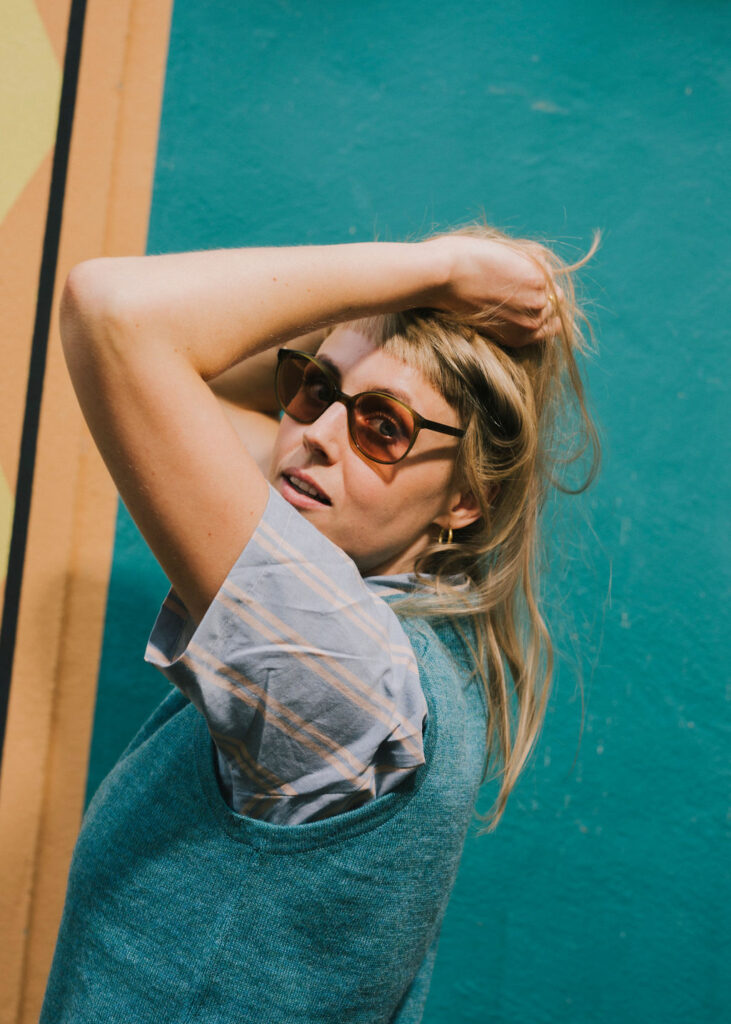
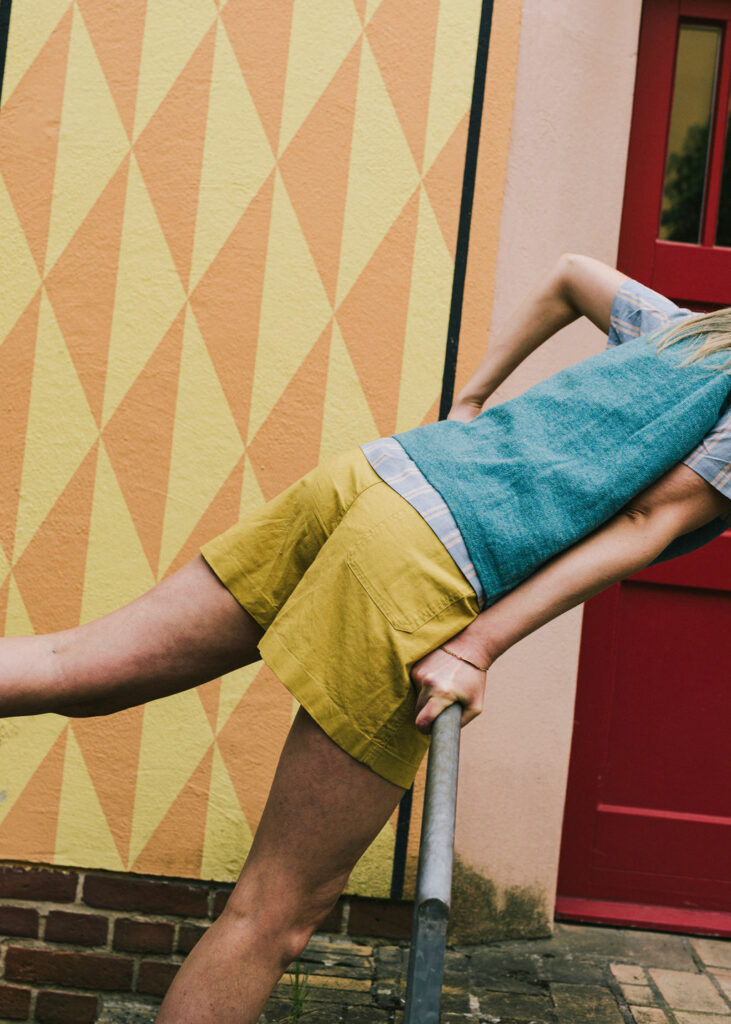
Versatile »Frei« Knit Top can be reversed from a turquoise to a petrol side – suitable for all seasons. Shirt by A.D.Deertz, Sunglasses by Lunettes Selection
The Good Life and the Concept of the Garden City
A century ago during industrial revolution and when this architecture was built, society experienced a cultural upheaval akin to today’s digital transformation. Just as manual labour was replaced by machines in the past, our mental capabilities are now being challenged by artificial intelligence (AI). Sociologist Nick J. Fox, in his work on New Materialism, highlights the growing academic consensus that AI, as a byproduct of capitalism, exacerbates social challenges such as inequality and unemployment, displacing human labour for profit-driven motives. In the light of this, it’s essential to re-examine the concept or vision of a “good life”, and what missions it takes to achieve this.
Similar to the past, when many people lived in cramped, unsanitary conditions, today’s society yearns for nature and tranquility, especially during times of social and economic crisis. These shared longings for peace and connection with nature and beauty have always surfaced during periods of significant societal change.
Inspired by Walt Whitman and Ralph Waldo Emerson, English urban planner Ebenezer Howard introduced his garden city concept in »Garden Cities of To-morrow – A peaceful path to real reform« (1902). This vision centred on creating a balance between nature and urban living, blending self-sufficient settlements where city and countryside coexist harmoniously. Howard argued that people deserve a dignified life in harmony with nature, reflecting the life reform movements that emerged in Germany and Switzerland around the same time.
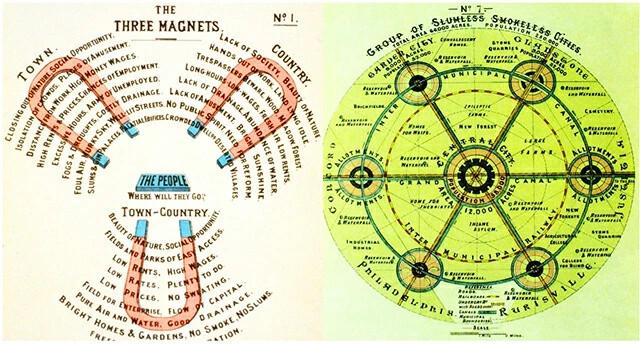
Ebenezer Howard’s Conceptual, Human- and Nature-Centered Drawing of Garden City of Tomorrow.
Howard’s model advocated for cities designed with a balanced mix of living spaces, workplaces, and green areas. He believed that a healthy environment in a thoughtfully designed garden city would improve residents’ social, mental, and physical well-being while enhancing a sense of community.
In Germany, Bruno Taut further developed this concept for Garden City Falkenberg, also known as the »Tuschkastensiedlung«, which is a notable example of this philosophy. Located on the southern outskirts of Berlin near Brandenburg, this estate, one of six World Heritage sites, was designed by Taut in 1912. His bold use of colours and progressive architectural style continue to make his work relevant today.
Timeless Aesthetic and Socio-Ecological Culture in Architecture and Clothing
A timeless aesthetic transcends fleeting trends, offering a universal and enduring appeal both in the way we live and the way we dress. This is particularly evident in functional, minimalist designs that have shaped modern architecture for over a century, as demonstrated by the Bauhaus style. During this period, Bruno Taut took an idiosyncratic approach to modern architecture, whose positive and forward-thinking impact continues to resonate today — distinctly far from the dreariness of typical panel buildings.
Hommage to David »Hockney«‘s colour art – 100% knitted Alpaca (Baby)
The photography captures the essence of a good life, combining timeless aesthetics with the Garden City’s deep connection to nature. Through Anna Aicher’s lens, colourful architecture and alpaca knitwear blend harmoniously with moments of human interaction and natural surroundings, reflecting socio-ecological values and a profound longing for nature within urban life.
Durable quality materials, classic design features, and high-quality craftsmanship have become hallmarks of timeless aesthetics. REH (GERMANY) knitwear, made from 100% alpaca, exemplifies this by offering exceptional comfort, thermoregulating fibres, and longevity, all wrapped in timeless designs that rise above fleeting fashion trends.
Whether in architecture or design, timeless aesthetics can be deeply connected to socio-ecological values and the principle of sufficiency. The focus lies on this very communication of creating and consuming products that are not only visually appealing but are also designed with ecological and social responsibility in mind, offering sustainable value for the long term.
Cultural Change and a Sufficient Lifestyle
»Blauaras Mustard« is a reversible 2-in-1 Alpaca Sweater in mustard yellow and navy, both for women and men. Combine with the 100% Alpaca »Perriand« Scarf by REH (GERMANY).
In a post-growth society, as awareness of our interconnected crises grows, our focus will (hopefully) increasingly shift toward adopting a more sufficient lifestyle. This involves using available resources frugally and collectively, without compromising personal satisfaction or quality of life.
This mindset can be reflected in conscious, reduced consumption with a focus on quality over quantity. Those who adopt a sufficient lifestyle tend to be more self-determined, independent, and healthier, feeling more content overall due to reduced reliance on constant consumer pressures. Which products are really useful and represent value for us? That is the question.
Rather than mindlessly consuming disposable items, it’s essential to ask whether a purchase is truly necessary. If it is, we should consider whether investing in fair, local, high-quality, and durable products offers more social, ecological, and economic benefits in the long term. This approach can help us avoid contributing to the excessive profits of large corporations. Making the decision-process more transparent is crucial for fostering the cultural and value shifts needed for a conscious lifestyle, encouraging practices that benefit both communities and the environment.
Experience long-lasting 100% natural Alpaca Quality Knitwear
Alpaca Knitwear vs. Merino Wool: A Comparison of Quality
If you happen to look for better quality products, such as knitwear or ceramics, to find unobtrusive and reliable companions for everyday life, then feel welcomed to explore my independent label REH (GERMANY). Each design is grounded in 100% natural materials, backed by a commitment to lasting quality. Every product is thoughtfully crafted to deepen our appreciation for the material world, blending sustainability with timeless aesthetics.
Discover the high-quality REH (GERMANY) knitwear made of 100% alpaca in vibrant and classic colours. Some design editions also include reversible 2-in-1 doubleface knit designs for sweaters, cardigans, scarves, and hats, tailored for both men and women. Alpaca knitwear stands out with its supple, durable quality and exceptional thermo-regulating properties, keeping you warm in cold weather while providing breathability in milder conditions.
In contrast to merino, alpaca fibres are allergy-friendly and odour-neutralising – ideal for allergy sufferers and demanding wearers. Furthermore, the hollow structure of alpaca fibres reduces the need for frequent washing, as they naturally neutralise odours and moisture with simple airing or light steaming. Experience my timeless, sustainable design and discover your companion for every day!
Conclusion
A cultural shift toward conscious consumption and evolving societal values not only challenges the prevailing growth-oriented, consumer-driven status quo but also creates an opportunity to redefine what a “good life” means for everyone. Across generations, people often follow fleeting trends that generate artificial needs, reinforcing unsustainable consumption patterns.
Instead of continuing to prioritize meaningless consumption and perpetuating a throwaway culture, society can collectively redirect attention toward social participation—for example, by supporting local and ethical production and embracing durable, future-proof design. Practicing integrity is a fundamental aspect of human development, while the innate drive for change fuels progress.
Personal transformation can have far-reaching effects, empowering communities to envision the future they want to create and actively participate in shaping it. By embracing these principles, we can foster a more sustainable, ethically conscious society where both people and the planet thrive.
Shop 100% Alpaca Unisex Sweaters, Cardigans, Knit Tops, Scarves and Beanies
for both Women and Men online at REH (GERMANY) or offline at our friend’s store A.D. Deertz in Berlin.
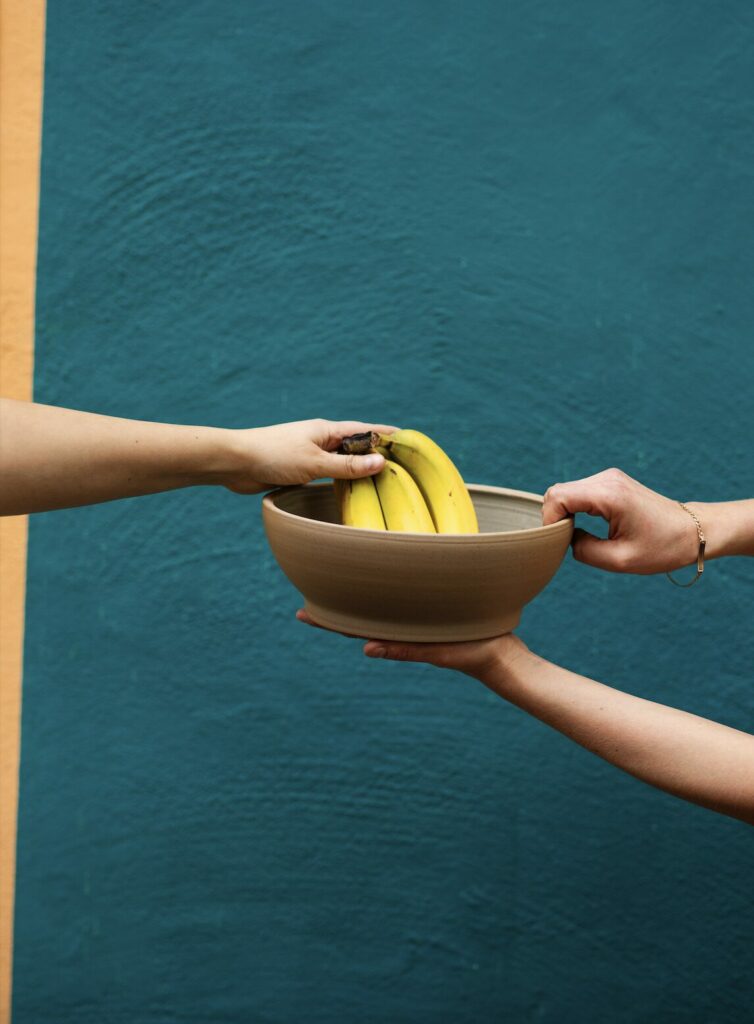
Read more about the quality differences between stoneware ceramics and earthenware and why it’s worth investing in durable, dishwashersafe stoneware ceramic tableware…
Alpaca Knitwear for Women and Men by REH (GERMANY) Clothing by A.D. Deertz Sunglasses by Lunettes Selection
Photography by photographer Anna Aicher
Article written by Eliza Helmerich
